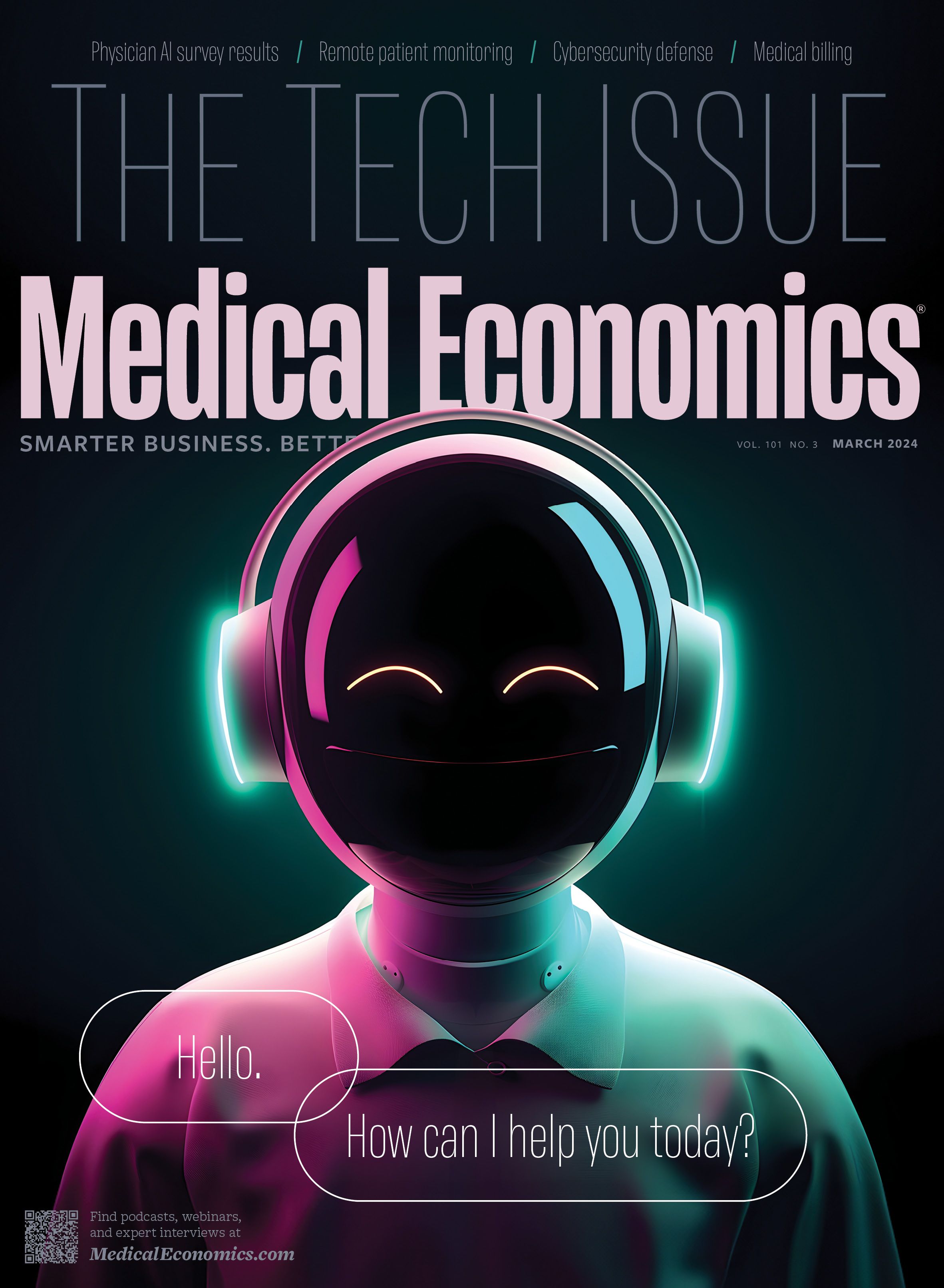- Revenue Cycle Management
- COVID-19
- Reimbursement
- Diabetes Awareness Month
- Risk Management
- Patient Retention
- Staffing
- Medical Economics® 100th Anniversary
- Coding and documentation
- Business of Endocrinology
- Telehealth
- Physicians Financial News
- Cybersecurity
- Cardiovascular Clinical Consult
- Locum Tenens, brought to you by LocumLife®
- Weight Management
- Business of Women's Health
- Practice Efficiency
- Finance and Wealth
- EHRs
- Remote Patient Monitoring
- Sponsored Webinars
- Medical Technology
- Billing and collections
- Acute Pain Management
- Exclusive Content
- Value-based Care
- Business of Pediatrics
- Concierge Medicine 2.0 by Castle Connolly Private Health Partners
- Practice Growth
- Concierge Medicine
- Business of Cardiology
- Implementing the Topcon Ocular Telehealth Platform
- Malpractice
- Influenza
- Sexual Health
- Chronic Conditions
- Technology
- Legal and Policy
- Money
- Opinion
- Vaccines
- Practice Management
- Patient Relations
- Careers
What does the increase in RPM mean for primary care?
Primary care doctors are protective of their patient panels and skeptical about quick-fix promises of better outcomes and more revenues.
RPM in primary care: ©DC Studio - stock.adobe.com

CMS spending for RPM services jumped from $5.5 million in 2019 to $101 million in 2021, according to a study that suggested the main users were primary care physicians managing hypertension and diabetes.
But some primary care physicians are hesitant to use RM for a number of reasons. Aspects of it are still new. Primary care doctors are protective of their patient panels and skeptical about quick-fix promises of better outcomes and more revenues.
They’re also busy.
“Typically, their heads kind of explode and they just say, we don’t want to do it,” Williams said. “That’s been the pushback in the past — this isn’t a business model for me, I’m overworked and understaffed the way it is, how can I possibly run a program?”
There are legitimate concerns about logistics of remote monitoring. Rob Havasy, senior director of informatics strategy for HIMSS, the Healthcare Information and Management Systems Society, said physicians considering RM have many questions: How do I get the devices into the hands of the patients? Who pays for the ongoing connectivity if they don’t have broadband at home? What do I do if something breaks? How long does this go on? How do I get reimbursed for this? Will I get sued? How does this work in my practice?
Many physicians first consider whether RM is medically valuable and whether they have staff to integrate it, Havasy said. Rather, patients and payers are external factors they have no control over, but that definitely affect a remote monitoring program.
“It’s the assessment of their payment environment and their technology environment that makes this either viable or not,” Havasy said.

